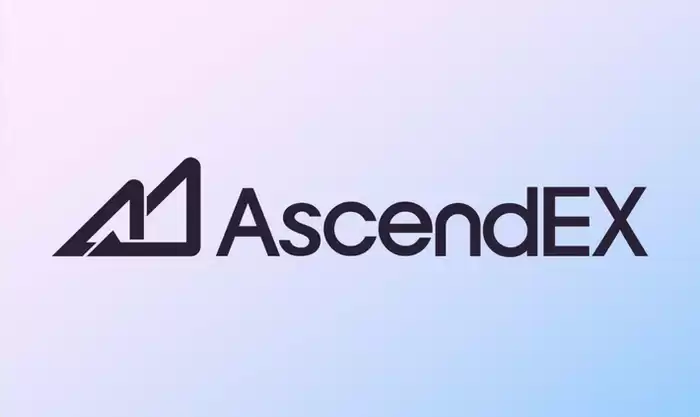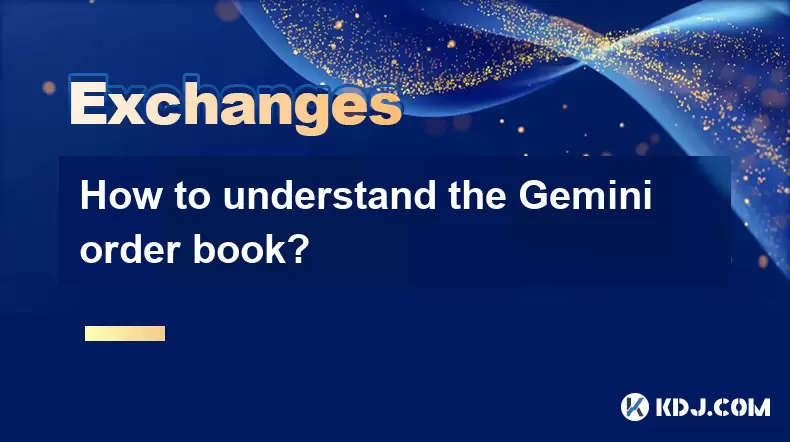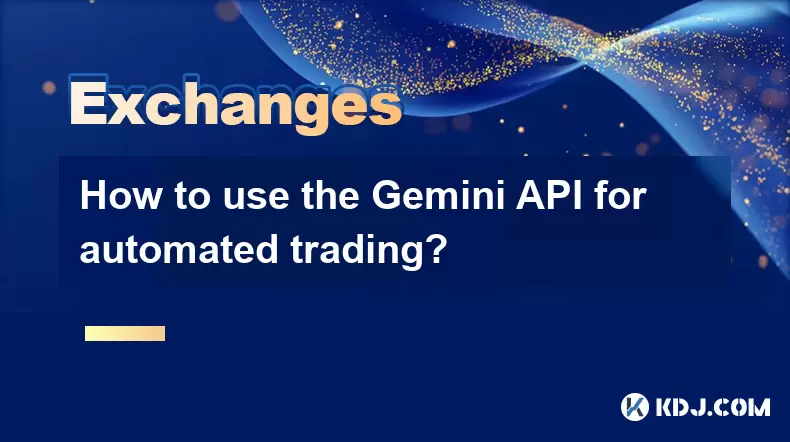-
 Bitcoin
Bitcoin $114400
1.32% -
 Ethereum
Ethereum $3499
2.20% -
 XRP
XRP $2.922
4.26% -
 Tether USDt
Tether USDt $0.0000
0.03% -
 BNB
BNB $752.6
1.53% -
 Solana
Solana $161.8
1.64% -
 USDC
USDC $0.9999
0.01% -
 TRON
TRON $0.3267
1.32% -
 Dogecoin
Dogecoin $0.1991
3.02% -
 Cardano
Cardano $0.7251
3.29% -
 Hyperliquid
Hyperliquid $38.32
3.36% -
 Stellar
Stellar $0.3972
7.58% -
 Sui
Sui $3.437
2.74% -
 Chainlink
Chainlink $16.29
3.65% -
 Bitcoin Cash
Bitcoin Cash $545.3
3.70% -
 Hedera
Hedera $0.2482
7.49% -
 Ethena USDe
Ethena USDe $1.001
0.03% -
 Avalanche
Avalanche $21.40
2.02% -
 Toncoin
Toncoin $3.579
1.56% -
 Litecoin
Litecoin $109.3
2.20% -
 UNUS SED LEO
UNUS SED LEO $8.951
-0.18% -
 Shiba Inu
Shiba Inu $0.00001220
2.75% -
 Polkadot
Polkadot $3.613
2.99% -
 Uniswap
Uniswap $9.173
3.78% -
 Monero
Monero $302.6
2.62% -
 Dai
Dai $0.0000
0.00% -
 Bitget Token
Bitget Token $4.320
1.52% -
 Pepe
Pepe $0.00001048
3.40% -
 Cronos
Cronos $0.1314
4.33% -
 Aave
Aave $259.4
3.54%
How to operate AscendEX leverage
Before engaging in leverage trading on AscendEX, ensure your email and identity are verified, your account is funded, and you have carefully assessed the risks involved.
Nov 23, 2024 at 02:51 am

How to Operate AscendEX Leverage
Introduction
AscendEX is a leading cryptocurrency exchange that offers a wide range of trading options, including leverage trading. Leverage trading allows traders to magnify their profits (and losses) by borrowing funds from the exchange. This can be a powerful tool for experienced traders, but it is also important to understand the risks involved.
Step 1: Open an AscendEX Account
The first step is to open an AscendEX account. You can do this by visiting the AscendEX website and clicking on the "Sign Up" button.
Step 2: Verify Your Account
Once you have opened an account, you will need to verify your email address and identity. This is a standard security measure that is required by all cryptocurrency exchanges.
Step 3: Fund Your Account
Before you can start trading, you will need to fund your account. You can do this by depositing cryptocurrency or fiat currency.
Step 4: Enable Leverage Trading
Once your account is funded, you can enable leverage trading. To do this, click on the "Trading" tab and then select "Leverage Trading."
Step 5: Choose a Trading Pair
The next step is to choose a trading pair. AscendEX offers a wide range of trading pairs, including BTC/USDT, ETH/USDT, and XRP/USDT.
Step 6: Set Your Leverage
The next step is to set your leverage. Leverage is expressed as a ratio, such as 10x or 20x. This means that you are borrowing 10 or 20 times the amount of your initial investment.
Step 7: Enter Your Order
Once you have set your leverage, you can enter your order. You can choose to buy or sell, and you can set a limit order or a market order.
Step 8: Manage Your Risk
Leverage trading can be a risky endeavor, so it is important to manage your risk carefully. You should only trade with an amount that you can afford to lose, and you should always use a stop-loss order to protect your profits.
Tips for Operating AscendEX Leverage
Here are a few tips for operating AscendEX leverage:
- Use leverage wisely. Leverage can be a powerful tool, but it is also important to remember that it can magnify your losses as well as your profits.
- Don't over-leverage. It is important to only trade with an amount that you can afford to lose.
- Use a stop-loss order. A stop-loss order will help to protect your profits by automatically selling your position if the price falls below a certain level.
- Monitor your account regularly. It is important to monitor your account regularly to make sure that you are not taking on too much risk.
Conclusion
Leverage trading can be a powerful tool for experienced traders, but it is also important to understand the risks involved. By following these steps, you can operate AscendEX leverage safely and effectively.
Disclaimer:info@kdj.com
The information provided is not trading advice. kdj.com does not assume any responsibility for any investments made based on the information provided in this article. Cryptocurrencies are highly volatile and it is highly recommended that you invest with caution after thorough research!
If you believe that the content used on this website infringes your copyright, please contact us immediately (info@kdj.com) and we will delete it promptly.
- Cold Wallet vs. MetaMask: A Web3 Wallet Revolution?
- 2025-08-04 06:30:12
- Chainlink Price Prediction: Bearish Continuation or a Bullish Reversal?
- 2025-08-04 06:35:12
- Bitcoin Whale Alert: Navigating Liquidation Risks in a Volatile Market
- 2025-08-04 07:10:12
- BNB Price Under Pressure: Navigating the Bearish Trend and Market Sentiment
- 2025-08-04 07:15:12
- Bitcoin Price Wobbles: Options Analysis Points to Bullish Undercurrent Despite Dip
- 2025-08-04 04:30:12
- Ark Invest, Coinbase, and Bitcoin: Decoding the Crypto Investment Landscape in NYC
- 2025-08-04 04:30:12
Related knowledge

How to set and manage alerts on the Gemini app?
Aug 03,2025 at 11:00am
Understanding the Gemini App Alert SystemThe Gemini app offers users a powerful way to stay informed about their cryptocurrency holdings, price moveme...

What to do if you forgot your Gemini password?
Aug 04,2025 at 03:42am
Understanding the Role of Passwords in Gemini AccountsWhen using Gemini, a regulated cryptocurrency exchange platform, your password serves as one of ...

What are the websocket feeds available from the Gemini API?
Aug 03,2025 at 07:43pm
Overview of Gemini WebSocket FeedsThe Gemini API provides real-time market data through its WebSocket feeds, enabling developers and traders to receiv...

How to manage your portfolio on Gemini?
Aug 03,2025 at 10:36am
Accessing Your Gemini Portfolio DashboardTo begin managing your portfolio on Gemini, you must first log in to your account through the official websit...

How to understand the Gemini order book?
Aug 02,2025 at 03:35pm
What Is the Gemini Order Book?The Gemini order book is a real-time ledger that displays all open buy and sell orders for a specific cryptocurrency tra...

How to use the Gemini API for automated trading?
Aug 04,2025 at 02:08am
Understanding the Gemini API and Its Role in Automated TradingThe Gemini API is a powerful tool that enables developers and traders to interact progra...

How to set and manage alerts on the Gemini app?
Aug 03,2025 at 11:00am
Understanding the Gemini App Alert SystemThe Gemini app offers users a powerful way to stay informed about their cryptocurrency holdings, price moveme...

What to do if you forgot your Gemini password?
Aug 04,2025 at 03:42am
Understanding the Role of Passwords in Gemini AccountsWhen using Gemini, a regulated cryptocurrency exchange platform, your password serves as one of ...

What are the websocket feeds available from the Gemini API?
Aug 03,2025 at 07:43pm
Overview of Gemini WebSocket FeedsThe Gemini API provides real-time market data through its WebSocket feeds, enabling developers and traders to receiv...

How to manage your portfolio on Gemini?
Aug 03,2025 at 10:36am
Accessing Your Gemini Portfolio DashboardTo begin managing your portfolio on Gemini, you must first log in to your account through the official websit...

How to understand the Gemini order book?
Aug 02,2025 at 03:35pm
What Is the Gemini Order Book?The Gemini order book is a real-time ledger that displays all open buy and sell orders for a specific cryptocurrency tra...

How to use the Gemini API for automated trading?
Aug 04,2025 at 02:08am
Understanding the Gemini API and Its Role in Automated TradingThe Gemini API is a powerful tool that enables developers and traders to interact progra...
See all articles

























































































